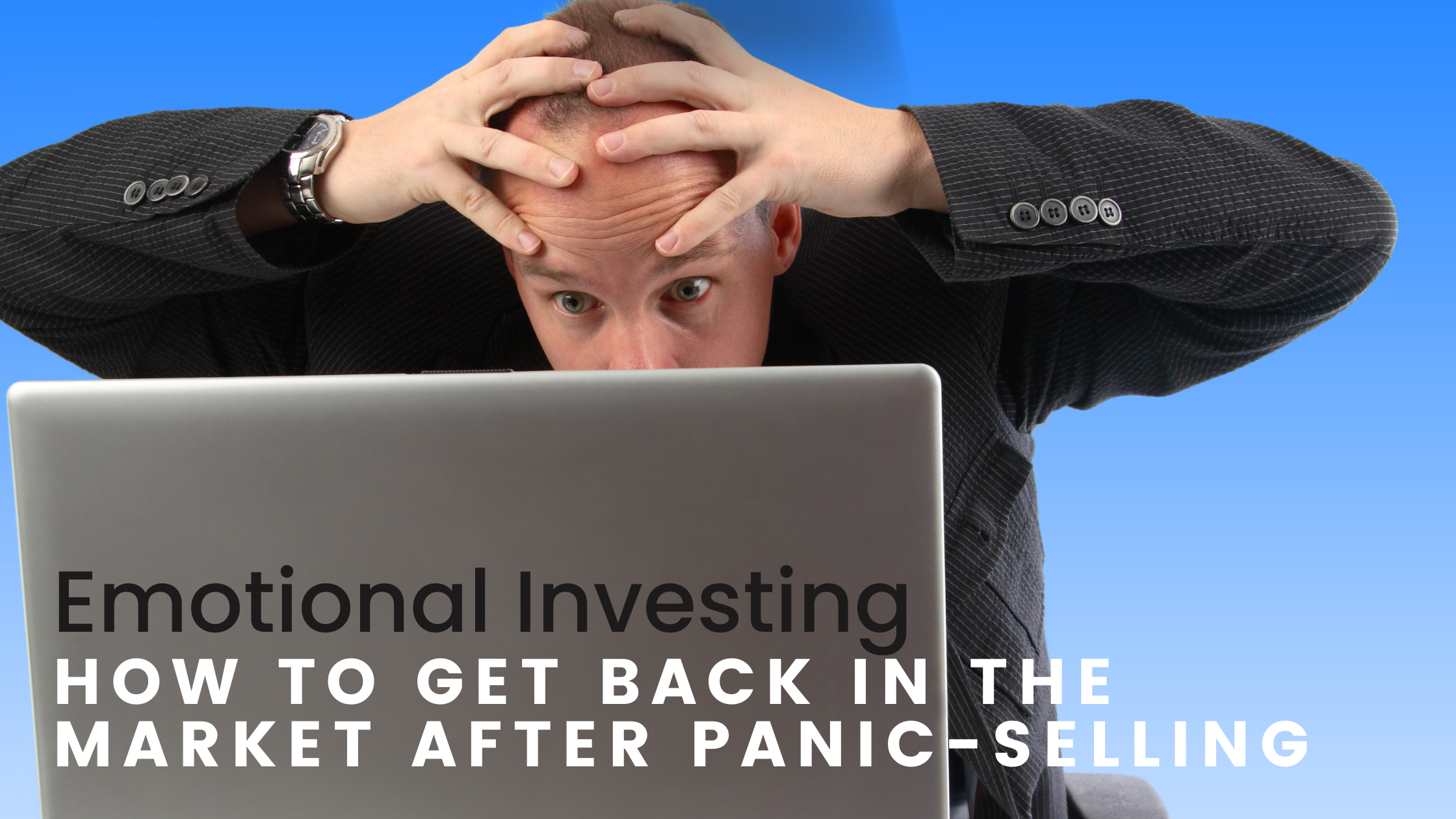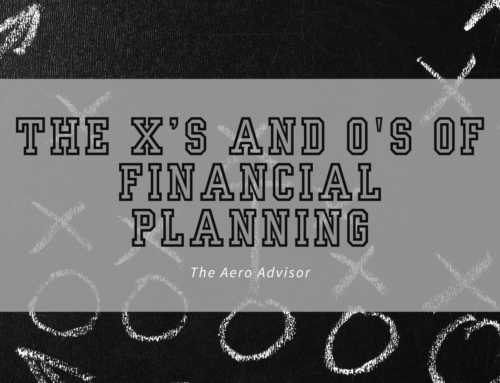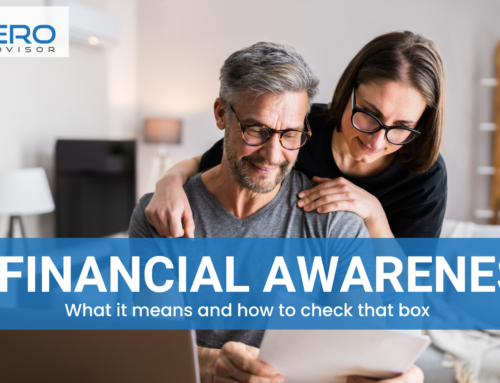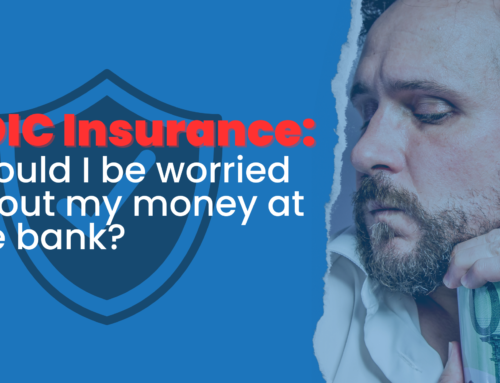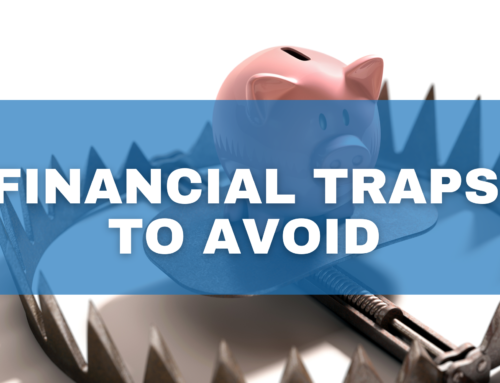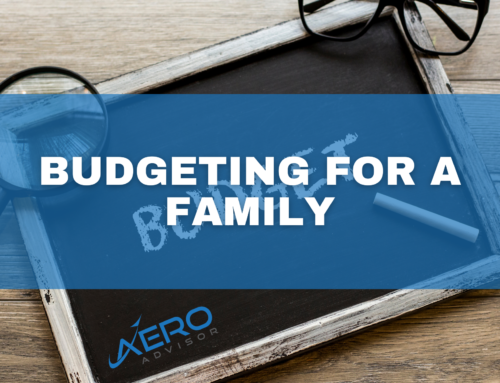Did the recent market volatility force your hand (and mouse) to sell your portfolio and sit in cash? Don’t worry. You aren’t alone. Many investors – when they lack a market pullback strategy are gripped with panic and stress and sell out of the market at some point. Maybe this panic-selling has paid off for you (selling before the market pullback began) or maybe it hasn’t (selling at some point near the bottom), but either way, you are probably wondering when and how you are going to get back invested.
First, maybe we should answer a more important question.
Do I need to get back into the market?
Your first question should be, “Do I need to be invested in the first place?” If you have enough of a retirement fund, pension, social security, etc. to keep up with inflation over a long retirement and pass along whatever amount of funds (maybe $0?) to your relatives or charities, do you even need market exposure?
If you do need to keep up with the price of milk and bread going up over your retirement, then a good way to do that is having a decent amount of stock exposure.
Why did I panic-sell in the first place?
Another question you should probably ask yourself is “why did I get out of the market to begin with?” Was it panic? Were you trying to catch the market bottom? Either way, evaluate any wins and also learn from any mistakes. Also, make sure you evaluate how you’ll react the next time there’s a market pullback.
Panic-selling when there is market craziness is pretty normal. The average investor is guilty of it pretty regularly. It’s why that same average investor usually underperforms the market index over a long period of time (you can google “Dalbar Study of Investor Performance” for more info).
Ok..so how do I get back in?

First, you need to make a plan. What is this money for? If for your retirement, then figure out when you’ll need to access these funds. If you’ll need to start drawing an income from the funds sooner rather than later – you might put together a little more conservative portfolio that might include a cash or money market option. This might make it easier for you to ride out any further volatility in the invested funds (and might keep you from selling out again) if you know you have your income taken care of for X amount of months/years.
If your retirement is still in the distant future (let’s say 5+ years) then you might want to be a little more aggressive with your allocations. But again – this depends on how you’ll react when there’s another pullback like the one we are currently in (and there will be at some point!). Put together a investment mix you’re comfortable with and that you’ll stick to in good times and bad. But also make sure you’re comfortable with the expected results. There’s a balance between risk and reward when investing in the stock market, so make sure you understand that balance when putting your money to work.
Other plans to use after panic-selling
Another plan you could put into place is a “what if I’m right and what if I’m wrong” plan. You take half of your cash you have available, invest it in the market and keep the other half in short-term funds. If the market were to drop down lower, you could still use the half that’s not invested to take advantage of the lower prices. If the market continues to recover, at least you have half of your funds working for you and you can slowly put the other half to work or use it for short term cash needs.
Dollar-cost averaging can also be used to get back into the market. Basically, you’ll split up your investment into small amounts you’ll invest every month/week/year until you’ve invested the full amount. This is not always the most-effective method return-wise, but it can relieve some of the stress if there’s a further pullback in stocks once you start your re-investment plan.
No matter what your strategy going forward might be – just make sure you are comfortable with it and stick to it. It’s ok to make minor course corrections along the way, but panic-selling and giving into emotion when the market corrects can be extremely detrimental to your long term goals. A financial advisor can help you stay the course when this happens in the future.
Can't find what you're looking for on our website? Have a question regarding your financial picture? Want to leave us some feedback? We would love to hear from you. You can email me at Brian@TheAeroAdvisor.com or fill out the form below.
By submitting this form, you are consenting to receive marketing emails from: . You can revoke your consent to receive emails at any time by using the SafeUnsubscribe® link, found at the bottom of every email. Emails are serviced by Constant Contact
The opinions voiced in this material are for general information only. They are not intended to provide specific advice or recommendations for any individual, nor intended as tax advice. We suggest that you discuss your specific situation with a qualified tax or legal advisor.
LPL Tracking #1-05348700

